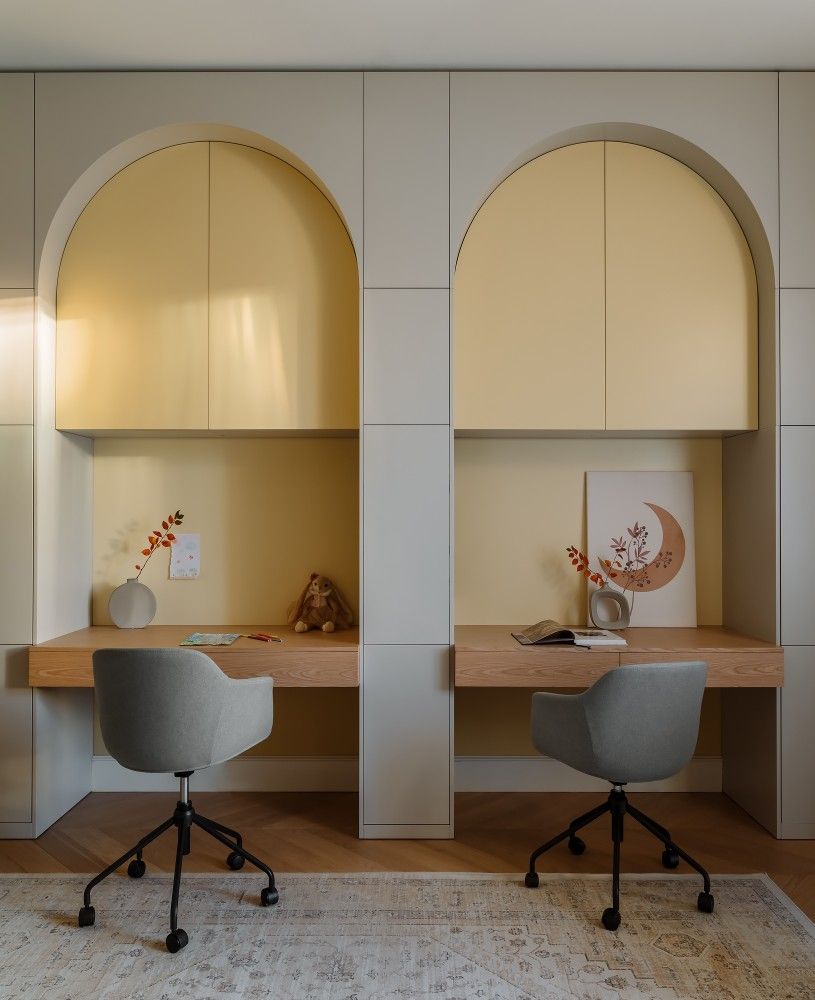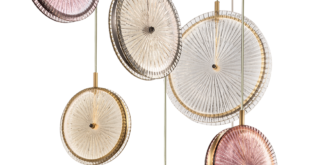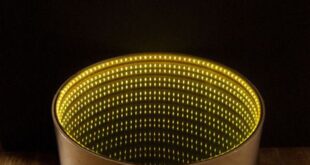
Designing a junior room requires a careful balance between functionality, style, and fun. When creating a space for children, it is important to consider their age, interests, and needs. For younger children, safety is a top priority, so choosing furniture with rounded edges and non-toxic materials is essential. Storage solutions are also crucial to keep toys and belongings organized and easily accessible. Incorporating vibrant colors, playful patterns, and whimsical decor elements can spark creativity and imagination in a junior room. Personalization is key to making the space feel special and unique to the child, whether it’s through customized wall art, bedding, or accessories. Lastly, creating designated areas for play, study, and relaxation can help establish a sense of routine and organization for children. Overall, designing a junior room involves considering both practical and aesthetic elements to create a space that is both functional and inspiring for young minds to thrive in.
When it comes to designing a junior room, there are various elements to consider in order to create a space that is both functional and visually appealing. One important aspect to keep in mind is the furniture layout. It’s crucial to maximize the space and incorporate pieces that are suitable for the child’s needs, such as a study desk, a cozy reading nook, and sufficient storage for toys and books. By carefully planning the furniture placement, one can ensure that there is ample space for play and activities while maintaining a tidy and organized room.
Another essential factor to consider when designing a junior room is the color scheme. Vibrant and playful colors can stimulate creativity and energy, while soothing pastel tones can create a calming and relaxing atmosphere. It’s important to choose colors that are gender-neutral and can grow with the child, allowing for easy updates as their preferences evolve. Additionally, incorporating patterns and textures into the decor can add depth and visual interest to the room, making it a dynamic and engaging space for children to thrive in.
In addition to furniture layout and color scheme, lighting is a crucial aspect of junior room design. Natural lighting is ideal for creating a bright and cheerful environment, but it’s important to also incorporate artificial lighting to ensure the room is well-lit during evening hours. Task lighting, such as a desk lamp for studying or a nightlight for bedtime, can enhance functionality and provide a sense of security for the child. By carefully considering the lighting scheme, one can create a well-balanced and inviting space that caters to the child’s needs and promotes their overall well-being.
 home decor trends
home decor trends



